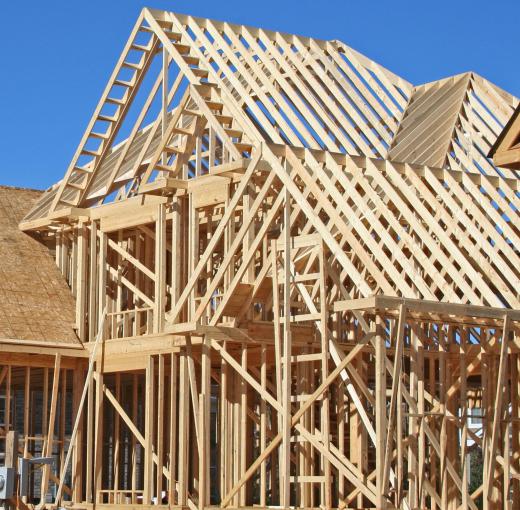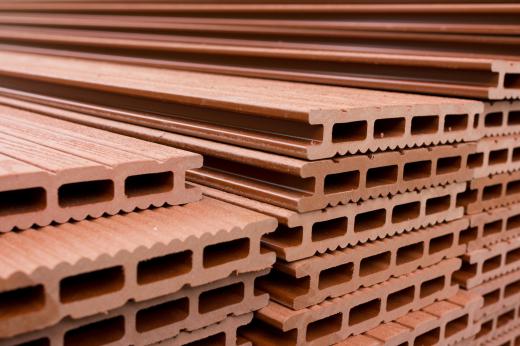Point-to-point construction refers to a construction method that was used to build electronic circuits before the era of printed circuit boards (PCBs). This was the first method that utilized the process of soldering electrical connections on terminal strips, or tag boards. Prior to this, electrical circuits were created by using screws or wire nuts to terminate an electrical connection. When the process of point-to-point construction was first introduced, it allowed electronic circuits to be built that were more reliable and more durable than their predecessors.
This type of construction revolutionized the electronics manufacturing process. Historically, electrical circuits utilized ceramic board and often fell victim to loose and corroded connections. This method implemented a terminal strip that consisted of several copper loops designed to insulate electricity from one another, causing the circuit to operate more effectively. In addition to terminal strips, point-to-point construction implemented the process of soldering electrical connections using tin and lead or tin and bismuth. The benefits of using soldering techniques as a way to manufacture circuit boards was that soldering connections allowed for stronger electrical connection and resolved the issue of corroded contacts caused by wire nuts.

Although point-to-point construction allowed electronic circuits to operate more efficiently, the process required a workforce to manually construct the circuits. This process was extremely tedious, was prone to errors and could not be automated. Ultimately, this type of construction was largely replaced by printed circuit boards. PCBs make electrical connections through conductive tracks that are printed on copper sheets. This new form of electronics manufacturing allowed electronic circuits to be produced in high volume faster and cheaper.

Although point-to-point construction is no longer the standard process for creating electronic circuits, it has not become totally obsolete. Many hobbyists implement these construction techniques as they create electronic circuits that are much too small for printed circuit boards. This form of point-to-point construction is also know as free-form construction or dead-bug style. The process is still implemented in the construction of vintage guitar amplifiers, stereo systems and other simple tube electronic devices.
Overall, the point-to-point construction method has been a pioneer in the electronics manufacturing industry. It is responsible for the progression of electronic circuits and the electronics industry as a whole. Although printed circuit boards have become the leader in electronics manufacturing, point-to-point construction is still a viable method for the electronic enthusiast and has shown no signs going extinct.
